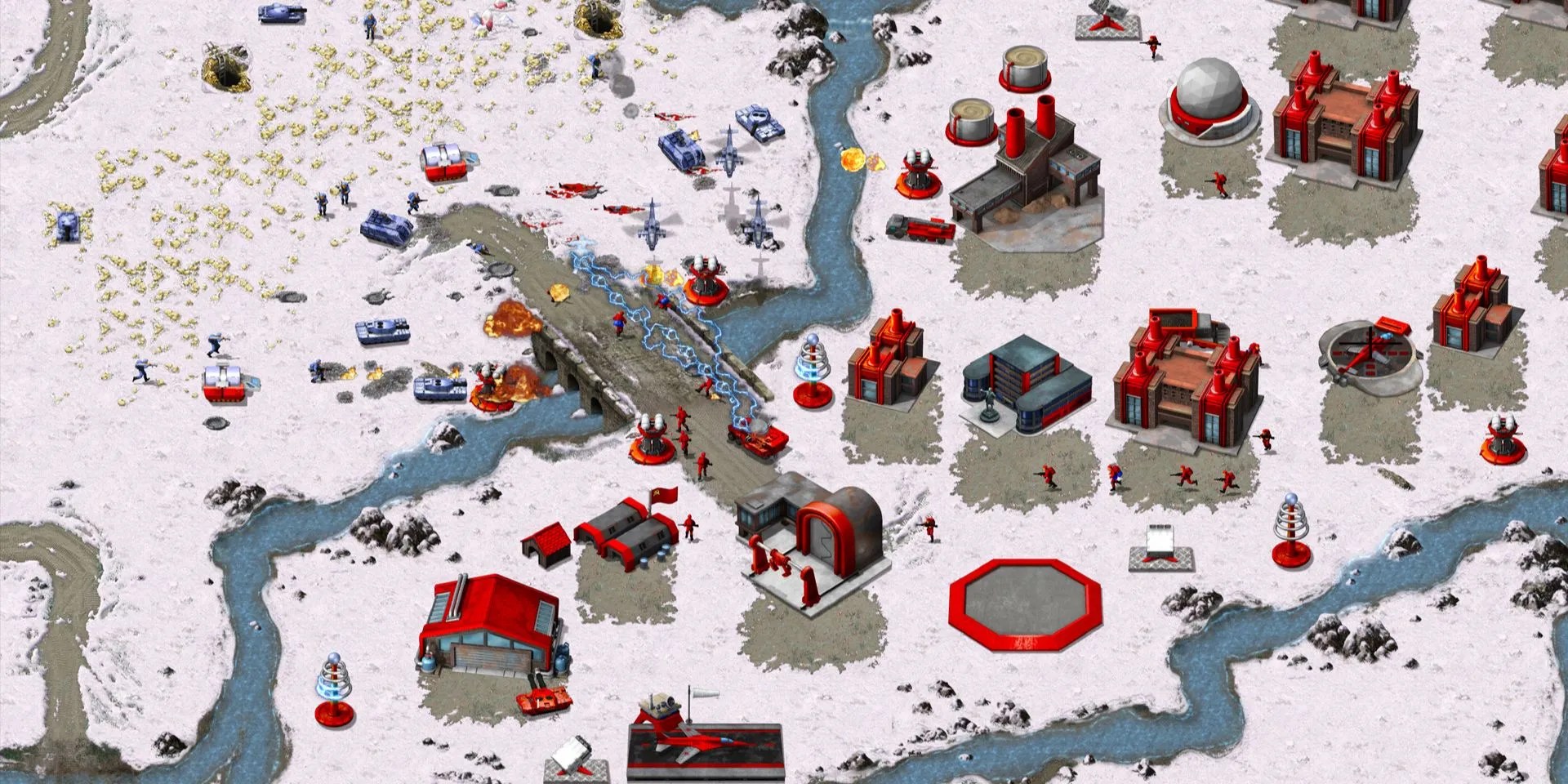Summary
Strategy gamescome in all shapes and sizes. These range from real-time strategygames such asStarCraftand turn-based strategy titles likeXCOM, all the way to granular grand strategy games likeHearts Of Iron 4. These games are packed with player agency and unbridled decision-making, rewarding thoughtful and intentional choices.
Strategy games have been around for a long time, with many tabletop games falling into the genre in one way or another. As a result, these games have had plenty of influence on the industry as a whole. Titans such asCivilization,and the others listed below, have had widespread effects on the entire strategy game genre.

It’s worth noting that games such asDreamQuestand Zachtronics’Ironclad Tacticsattempted to bring deck-building to video games years prior. However,Slay The Spirewas among the first video games to popularize the classic tabletop mechanic in the digital space.
Slay The Spirewas also among the first tocombine deck-building with a rogue-like structure, popularizing an addictive gameplay loop that spawned an entire genre. Games such asWildfrost,Griftlands, andBalatromay not have existed without the success ofSlay The Spire.

The originalXCOMno doubt had an impact on the turn-based strategy genre — more specifically, grid-based strategy games. Its impact can be seen in modern games such asGears Tactics,Mario & Rabbids Kingdom Battle,andPhoenix Point.The same influence even shows up in grid-less games likeMarvel’s Midnight Suns.
XCOM’scombination of grid-based tactics, strategic decisions, customizable characters, and meta-progression make for a particularly engaging gameplay loop.XCOM’sinfluence can still be seen today, though many games take inspiration from its successors,XCOM: Enemy Unknown, andXCOM 2.

Released all the way back in 1997,Dungeon Keeperis a classic game that combines strategy and management mechanics with a unique theme.Dungeon Keeperis influential due to its combination of unique mechanics, with its darker theme that puts players in the shoes of the villain.
Many games havetaken influence fromDungeon Keeperin recent years, predominantly in the indie game scene. Games such asWar For The Overworld,KeeperRL, andDungeonsall owe their success to this 1997 classic.

With the first game in the series releasing back in 1997,Age Of Empireshas had plenty of time to influence the genre with its focus on base-building, real-time strategy, and research. Games such asStronghold,STAR WARS Galactic Battlegrounds, andtheCossacksserieswould arguably not exist withoutAge Of Empirespaving the way.
Releasing within a few years of games likeCommand & Conquerand the originalStarCraft(and the same year as the aforementionedDungeon Keeper),Age Of Empiresalso helped solidify the gameplay loop and overall structure of real-time strategy games. As it expanded, theAge Of Empiresfranchise continued to innovate on cornerstone mechanics of the real-time strategy genre, such as resource management, base-building, research, and unit production.

One of the best-selling strategy games of all time,Command & Conquerisan old-school RTSthat spawned an abundance of sequels and brought the genre into the mainstream.Command & Conquerwas a wildly accessible strategy game, especially in comparison to similar games at the time, which likely played a role in its commercial success.
The sheer success ofCommand & Conquerand its further innovations on the RTS games that came before (Dune 2,Warcraft) allowed it to propel the RTS genre into the mainstream. There’s no doubt that this had a wild influence on the games that would follow in its wake.

StarCraft, released in 1998, is arguably responsible for cementing real-time strategy as a valid esport. Thanks to the game’s sequel, released in 2010,StarCrafthas remained popular as both a game and an esport ever since, though its popularity has unfortunately waned over recent years.
StarCraft’sinnovative use of asymmetric factions and well-balanced mechanics allow for an abundance of strategies. This is evident today, as professionalStarCraftis far from stale, despite Blizzard’s lack of support for the title.

Thisretro RTS gameis widely regarded as one of the pioneers of the genre.Dune 2was among the first to bring base-building, resource management, and army production into a well-rounded package, cementing the pillars of real-time strategy game design.
Dune 2also featured somewhat asymmetric factions, each of which had a unique unit type. This would later be seen in other real-time strategy games, the most notable being Blizzard’s iconicStarCraft. It may not be played much today, but the genre as we know it wouldn’t exist withoutDune 2.

Sid Meier’s Civilizationand the series of games that followed have dominatedthe 4X strategy genrefor years. This is in large part thanks to their accessible nature, especially when compared to other games in the grand strategy genre.
Civilizationhas gone on to inspire games such asHUMANKIND,Old World, andStellaris. Furthermore,Civilization’spioneering of the genre has no doubt had an influence on subsequent releases in the grand strategy and 4X genres.